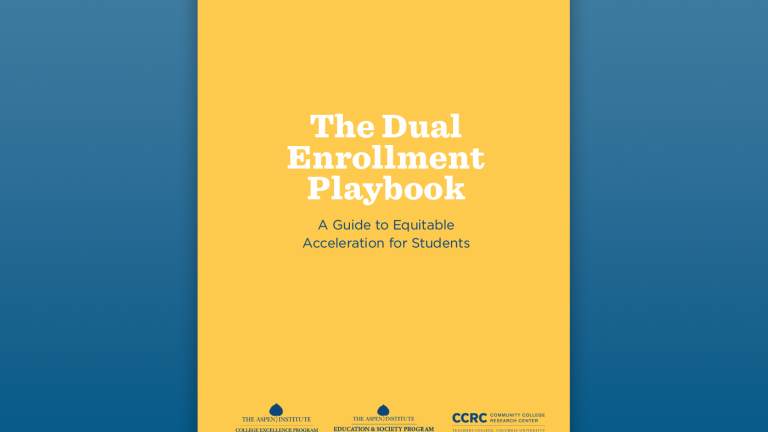Access
Students from low-income backgrounds are less likely to be enrolled in colleges and programs that afford them the strongest opportunities to graduate and experience high levels of success in careers and further higher education. Disparities in access contribute to differences in student success. For example, only 11 percent of young adults from low-income families earn bachelor’s degrees by age 24, compared with 58 percent from high-income families. The Aspen framework emphasizes the importance of outreach and supports that help all populations enter and complete those colleges and programs of study most likely to lead to strong college and post-graduation outcomes. We encourage colleges to assess their progress and the effectiveness of their strategies by measuring whether the service area of the college is reflected in the enrolled student population and the mix of students within each program area—especially those with the strongest post-completion success in labor markets and further higher education (including transfer).
Access Our Assessment Tools
Measures of Student Success





